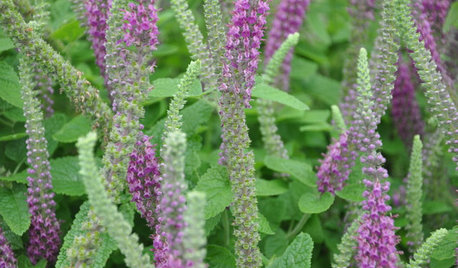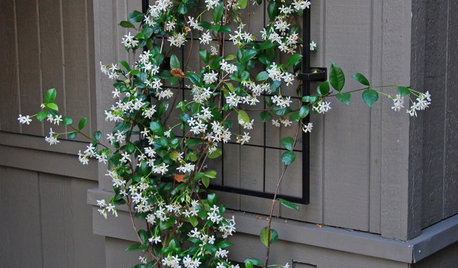Does anyone actually HAVE a gallica hedge?
rosysunnygirl
15 years ago
Featured Answer
Sort by:Oldest
Comments (28)
olga_6b
15 years agogeo_7a
15 years agoRelated Professionals
Wrentham Landscape Architects & Landscape Designers · Deer Park Landscape Architects & Landscape Designers · Forest Acres Landscape Architects & Landscape Designers · Wakefield Landscape Contractors · Hawthorne Landscape Contractors · Lakewood Landscape Contractors · Oak Harbor Landscape Contractors · Petaluma Landscape Contractors · Roswell Landscape Contractors · Salmon Creek Landscape Contractors · West Palm Beach Landscape Contractors · Manassas Swimming Pool Builders · San Dimas Swimming Pool Builders · South Miami Heights Swimming Pool Builders · Riverside Siding & Exteriorsmad_gallica (z5 Eastern NY)
15 years agojerijen
15 years agodaveinohio_2007
15 years agocatsrose
15 years agojerijen
15 years agojon_in_wessex
15 years agoscardan123
15 years agolemecdutex
15 years agoanntn6b
15 years agojerijen
15 years agolori_elf z6b MD
15 years agopatriciae_gw
15 years agoEmbothrium
15 years agojerijen
15 years agoEmbothrium
15 years agolemecdutex
15 years agorosysunnygirl
15 years agopatriciae_gw
15 years agoEmbothrium
15 years agopatriciae_gw
15 years agolori_elf z6b MD
15 years agomad_gallica (z5 Eastern NY)
15 years agorosysunnygirl
15 years agoolga_6b
15 years agomexicanhat
15 years ago
Related Stories

FEEL-GOOD HOME9 Smells You Actually Want in Your Home
Boost memory, enhance sleep, lower anxiety ... these scents do way more than just smell good
Full Story
GARDENING GUIDES9 Low-Growing Hedges That Make Good Neighbors
Define garden areas or borders without blocking the view, with these evergreen shrubs that take kindly to trimming
Full Story
FEEL-GOOD HOMESimple Pleasures: Scent and Memory
Fragrant jasmine, fresh-brewed coffee, baking bread. Scents can evoke memories and bring sensory pleasure to our homes
Full Story
LANDSCAPE DESIGNTry Slow Gardening for Some Unexpected Benefits
Why set your garden on the fast track? Here's how to relax and enjoy it in an entirely new way
Full Story
LANDSCAPE DESIGNHow to Help Your Home Fit Into the Landscape
Use color, texture and shape to create a smooth transition from home to garden
Full Story
LIFEHow Your Landscaping Can Keep Burglars Away
Prevent home break-ins with strategic landscaping and good practices instead of menacing — and maybe less effective — measures
Full Story
EXTERIORSWhere Front Yards Collide: Property Lines in Pictures
Some could be twins; others channel the Odd Couple. You may never look at property boundaries the same way again
Full Story
SIDE YARD IDEASNarrow Trees for Tight Garden Spaces
Boost interest in a side yard or another space-challenged area with the fragrance and color of these columnar trees
Full Story
PATIOSGet Backyard Privacy the Subtler, Stylish Way
Why settle for a hulking brick wall when plants, screens and other refined backyard dividers do the job with panache?
Full StoryMore Discussions












olga_6b